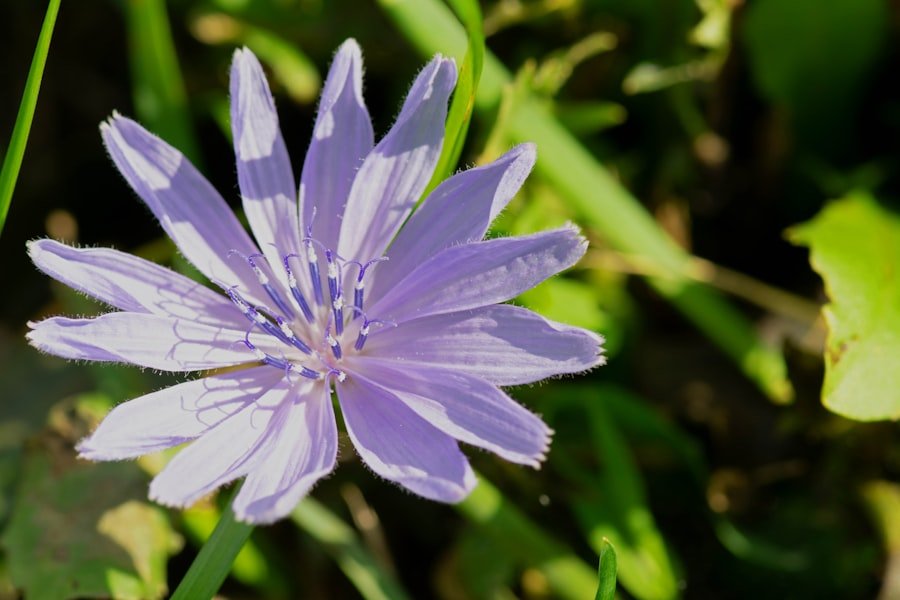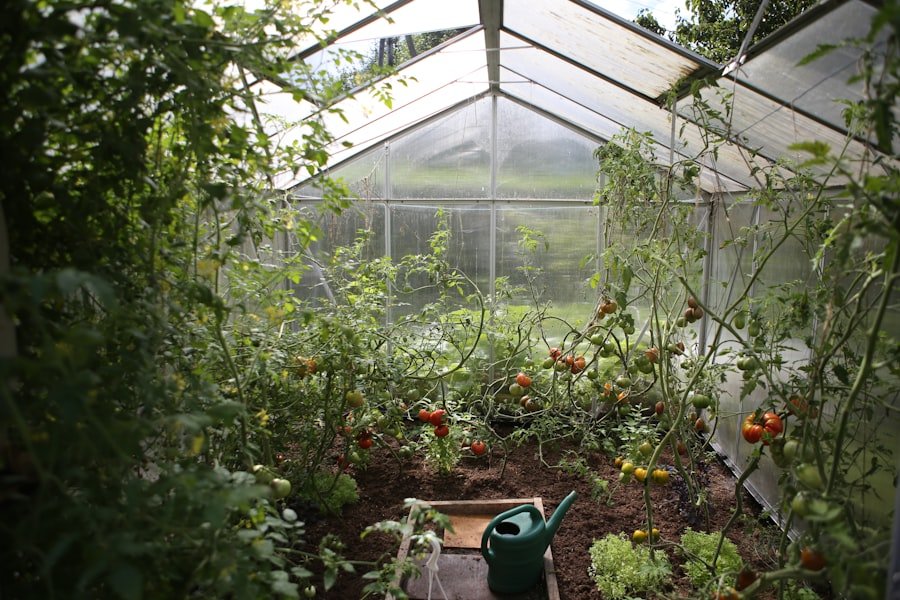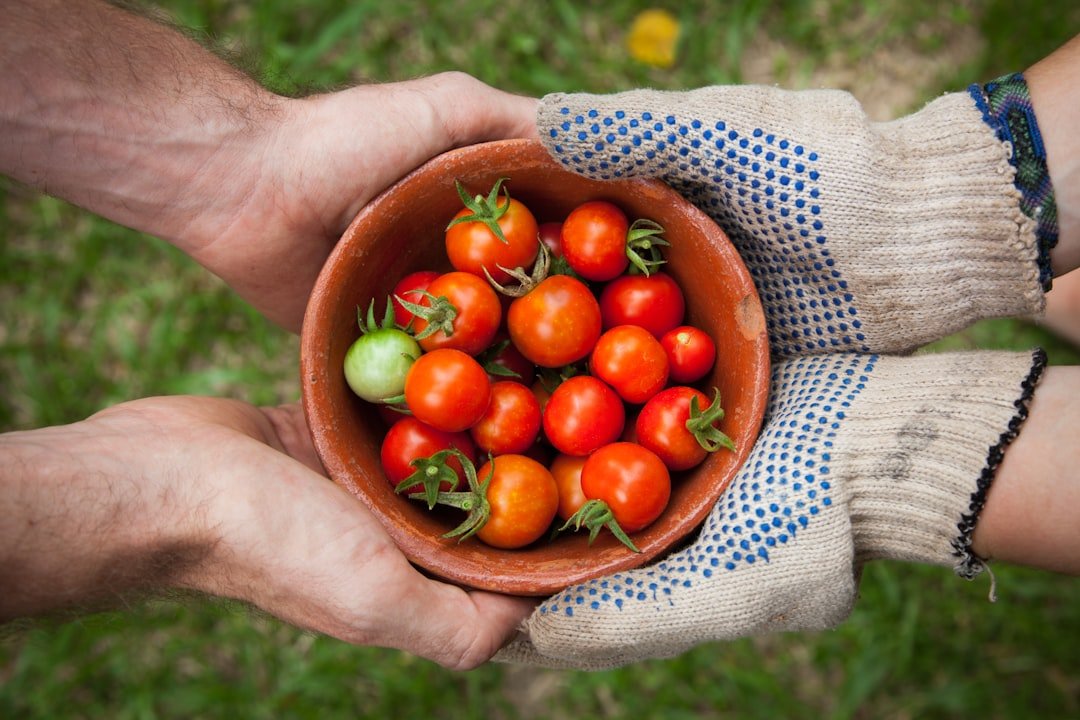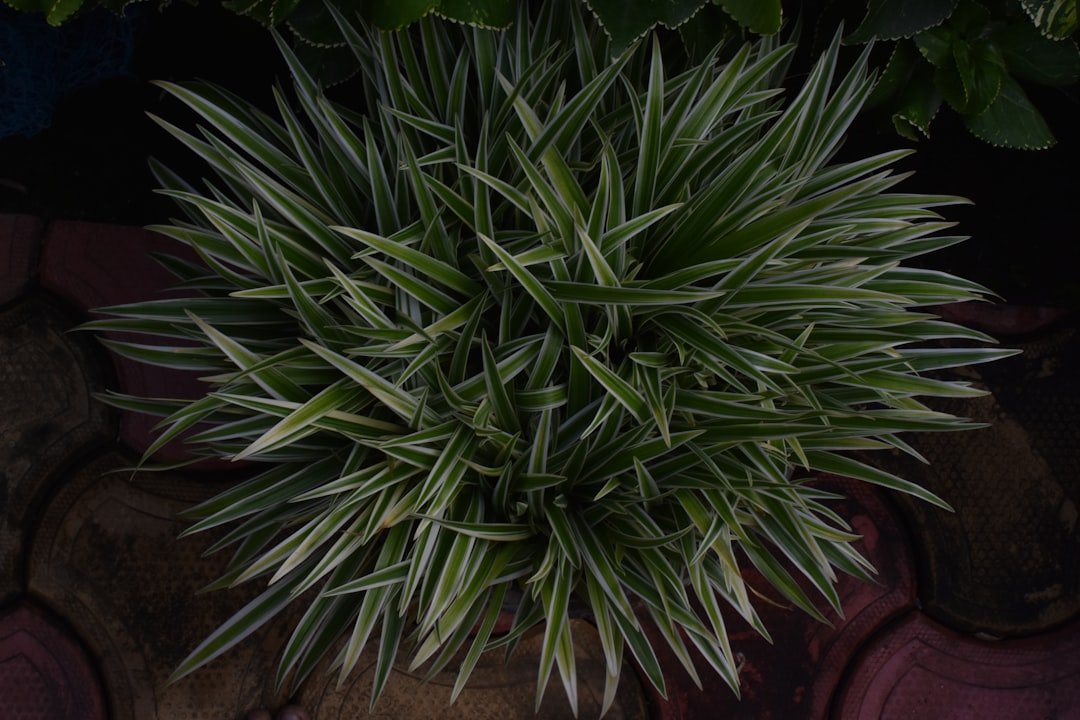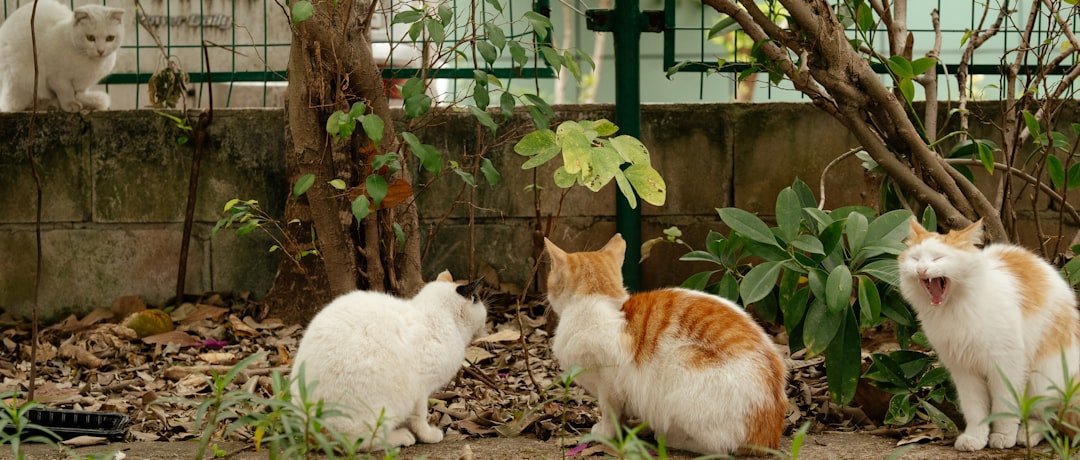Gardening without gloves provides numerous advantages for physical and mental well-being. Direct contact with soil allows the skin to absorb beneficial microorganisms that can potentially enhance the immune system. Bare-handed gardening also improves dexterity and sensitivity, enabling more precise handling of delicate plants and intricate tasks.
The tactile experience of touching soil and plants can have a calming and grounding effect, making it a form of therapeutic activity. Gardening is also a physical exercise that engages multiple muscle groups, promoting flexibility and strength. Additionally, outdoor gardening exposes individuals to sunlight, which aids in vitamin D production, crucial for bone health and overall wellness.
By forgoing gloves, gardeners can experience a more intimate connection with nature, potentially leading to a more holistic approach to health and well-being. This practice combines physical activity, exposure to natural elements, and sensory engagement, offering a multifaceted approach to personal wellness.
Key Takeaways
- Gardening without gloves allows for direct contact with the soil, which can improve mental and physical health.
- Connecting with nature through bare-handed gardening can create a deeper appreciation for the environment and promote mindfulness.
- Tips for gardening without gloves include regularly washing hands, being mindful of potential hazards, and choosing the right plants for bare-handed gardening.
- The sensory experience of gardening without gloves can enhance the connection to the earth and provide a more immersive gardening experience.
- Embracing eco-friendly gardening practices, such as gardening without gloves, can reduce waste and promote sustainability.
- Overcoming the fear of getting dirty is a common barrier to gardening without gloves, but the benefits of direct contact with the soil can outweigh any discomfort.
- Gardening without gloves can be a therapeutic practice, as the healing power of soil has been shown to improve mood and reduce stress.
Connecting with Nature through Bare-Handed Gardening
Gardening without gloves offers a unique opportunity to connect with nature in a profound and meaningful way.
The Therapeutic Benefits of Bare-Handed Gardening
When you feel the soil between your fingers and the leaves of plants against your skin, you are truly immersing yourself in the natural world. This tactile experience can be incredibly therapeutic and grounding, helping to reduce stress and anxiety.
A Multi-Sensory Experience
In addition, the act of gardening without gloves allows you to fully experience the textures, scents, and sensations of the garden, creating a multi-sensory experience that can be deeply satisfying. Moreover, gardening without gloves can also foster a greater appreciation for the environment and the delicate balance of ecosystems.
Fostering Stewardship and Sustainability
This hands-on approach to gardening can also inspire a sense of stewardship for the earth, encouraging sustainable and eco-friendly practices. When you work with the earth using your bare hands, you become more attuned to the needs of the plants and the soil, developing a deeper understanding of the natural processes at play.
Tips for Gardening Without Gloves

If you’re new to gardening without gloves, there are a few tips to keep in mind to ensure a positive experience. First and foremost, it’s important to choose the right time to garden without gloves. Avoid working in the garden during extreme heat or cold, as this can be uncomfortable for your hands.
Instead, aim for mild weather conditions that will allow you to fully enjoy the experience. Additionally, it’s important to take care of your hands before and after gardening without gloves. Make sure to keep your nails trimmed and clean to prevent dirt from getting trapped underneath them.
After gardening, be sure to thoroughly wash your hands with soap and water to remove any dirt or bacteria that may have accumulated. It’s also a good idea to moisturize your hands after gardening to keep them soft and supple. Furthermore, consider using hand tools with ergonomic handles to reduce strain on your hands and wrists while gardening without gloves.
This will help make the experience more comfortable and enjoyable. Lastly, be mindful of any potential hazards in the garden, such as thorns or sharp objects, and take precautions to protect your hands from injury.
The Sensory Experience of Gardening Without Gloves
| Activity | Sensory Experience |
|---|---|
| Planting | Feeling the soil between your fingers |
| Weeding | Touching the different textures of weeds |
| Harvesting | Feeling the ripe fruits and vegetables in your hands |
| Watering | Splashing water on your skin |
Gardening without gloves offers a sensory experience like no other. When you use your bare hands to work with the soil and plants, you engage all of your senses, creating a deeply immersive experience. The feeling of the cool earth between your fingers, the scent of fresh soil and greenery, and the sight of vibrant colors all come together to create a rich sensory tapestry that can be incredibly rewarding.
In addition, gardening without gloves allows you to fully appreciate the textures of different plants and soil types. You can feel the smoothness of flower petals, the roughness of tree bark, and the crumbly texture of rich soil. This tactile experience can be incredibly soothing and grounding, helping to reduce stress and promote relaxation.
Moreover, gardening without gloves also allows you to fully experience the sounds of nature as you work in the garden. The rustling of leaves, the chirping of birds, and the gentle hum of insects all contribute to the symphony of sounds that make up the natural world. This auditory experience can be incredibly calming and rejuvenating, helping to create a sense of peace and tranquility.
Embracing the Earth: Eco-Friendly Gardening Practices
Gardening without gloves can also be part of a larger eco-friendly approach to gardening. By forgoing gloves, you are reducing your reliance on disposable plastic products, which can have a significant impact on the environment. Additionally, gardening without gloves allows you to use your hands to weed and tend to plants, reducing the need for chemical herbicides and pesticides that can harm the environment.
Furthermore, gardening without gloves encourages a more mindful approach to gardening, as you become more attuned to the needs of the plants and soil. This can lead to more sustainable practices, such as composting organic matter and using natural fertilizers to nourish the garden. By embracing a more holistic and eco-friendly approach to gardening, you can create a thriving ecosystem that supports a diverse range of plant and animal life.
In addition, gardening without gloves allows you to fully appreciate the interconnectedness of all living things in the garden. By working with your bare hands, you become more aware of the delicate balance of ecosystems and the importance of preserving biodiversity. This heightened awareness can inspire a greater commitment to sustainable gardening practices that support the health of the planet.
Overcoming the Fear of Getting Dirty: Gardening Without Gloves

Embracing the Natural Process
By embracing this natural process, you can overcome any fear of getting dirty and fully enjoy the experience of gardening without gloves. Moreover, getting your hands dirty while gardening without gloves can be incredibly liberating and empowering. It allows you to let go of any preconceived notions about cleanliness and perfection and fully immerse yourself in the natural world.
A Form of Self-Care and Self-Expression
Getting dirty while gardening without gloves can be a form of self-care and self-expression. It’s an opportunity to let go of inhibitions and embrace a more primal and instinctual way of being. By allowing yourself to get dirty, you are giving yourself permission to fully engage with the earth and all its wonders.
Connecting with Nature
This can be incredibly freeing and can help you develop a greater sense of connection with nature. By getting dirty while gardening without gloves, you can tap into a deeper sense of yourself and the world around you.
The Healing Power of Soil: Gardening Without Gloves as Therapy
Gardening without gloves can be a powerful form of therapy for both the body and mind. The act of working with your bare hands in the soil can be incredibly grounding and calming, helping to reduce stress and anxiety. In addition, exposure to beneficial microbes found in soil has been shown to have a positive impact on our immune system, promoting overall health and well-being.
Moreover, gardening without gloves allows for a deeper connection with nature, which can be incredibly healing. The sensory experience of feeling the soil between your fingers, smelling the earthy scents of the garden, and listening to the sounds of nature can help create a sense of peace and tranquility. This immersive experience can be incredibly therapeutic, providing an opportunity for relaxation and rejuvenation.
Furthermore, gardening without gloves can also be a form of physical therapy, as it engages various muscle groups and promotes flexibility and strength. The act of digging, planting, and weeding with your bare hands provides a great workout for the body, helping to improve overall physical fitness. Overall, gardening without gloves offers a holistic approach to therapy, promoting both physical and mental well-being through its immersive sensory experience and connection with nature.
If you’re someone who loves to get their hands dirty in the garden without gloves, you may want to check out this article on vibrant perennial flowers for spring blossoms. It’s a great guide for adding some color and life to your garden without the need for gloves. https://hathai.in/vibrant-perennial-flowers-for-spring-blossoms/



























